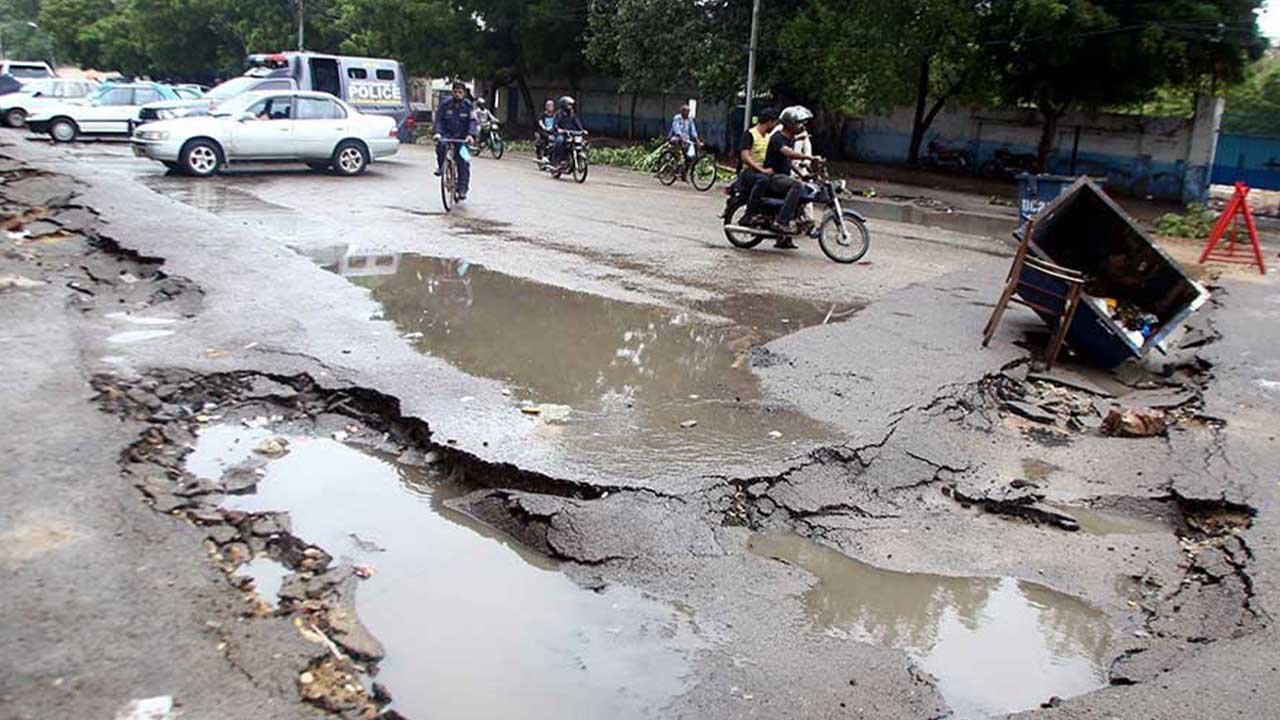In order to initiate rehabilitation projects across 20 backward and underprivileged districts over the course of 60 months in four provinces, the Ministry of Planning has announced a special development project worth Rs40 billion.
The federal and provincial governments are expected to split the project’s estimated cost 50:50. The project has received approval from the Planning Minister Ahsan Iqbal-led Central Development Working Party (CDWP).
According to DAWN, the project has already been given a budget of Rs18 billion for PSDP 2022–23. Eleven districts from Balochistan, five from Sindh, three from Khyber Pakhtunkhwa, and one from Punjab are among the 20 districts that were chosen based on Multidimensional Poverty Index (MPI) ratings. The recent flood calamity, notably in Balochistan and Sindh, has severely damaged many of these districts.
Sherani, Kohlu, Jhal Magsi, Barkhan, Killa Abdullah, Zhob, Musakhel, Dera Bugti, Jaffarabad, Ziarat, and Killa Saifullah are among the 11 districts in Balochistan. Sujawal, Thatta, Tharparkar, Kashmore, and Badin are five in Sindh; Torghar, Shangla, and North Waziristan are three in Khyber Pakhtunkhwa; and Rajanpur is one district in Punjab.
The tentative interventions in these districts will be in the areas of connectivity via roads, access to broadband services and the internet, solarization of off-grid areas, establishment of LPG terminals, development of the agri-livestock and mineral value-chain, tunnel framing, dairy farming, fish farming, etc., establishment of common border markets, investments in skill development, and student scholarships.
Additionally, the provincial and federal governments will choose sub-projects based on a thorough analysis of the requirements of the marginalised population in their respective regions. These initiatives will be approved by the relevant federal and provincial forums. Steering committees at the federal and provincial levels will oversee the sub-projects.
“This is the first of its kind project in the economic history of Pakistan where the federal government is undertaking a national intervention to uplift the poorest districts and address the disparity in economic development,” said the planning minister in a statement released on Saturday.
With the assistance of the UNDP, the MPI survey was finished in 2017–18, allowing for the first time ever to map poverty at the district level nationwide.
Through targeted investments in infrastructure and the development of human capital in the nation’s poorest regions, the project’s principal goal is to promote inclusive growth and equitable development. One of the main cornerstones of the proposal is investments in human capital development, especially for young people and women.
According to Pakistan’s MPI estimation for 2017–18, 38.3 percent of Pakistan’s population (87,089,000 people in 2020) will be multidimensionally poor, and a further 12.9 percent will be vulnerable to multidimensional poverty (29,353,000 people in 2020).
The initiative seeks to significantly contribute to eliminating regional inequality and enhancing national integration and peace in the nation in line with Pakistan Vision 2025 and the Global Agenda for Sustainable Development Goals 2030.
Prime Minister Shehbaz Sharif’s Youth Development Program, which the project is a part of, was introduced last month.







